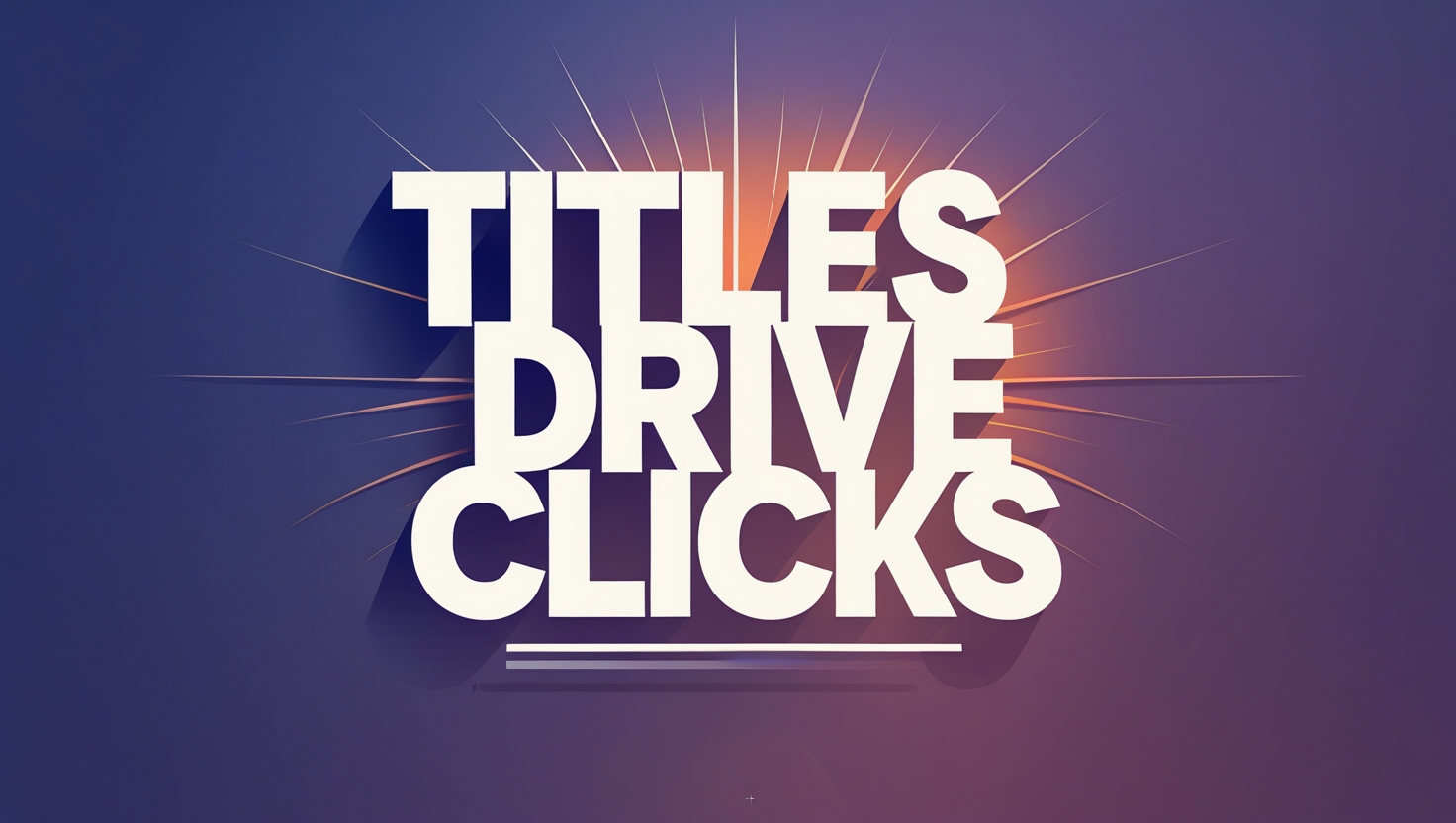09 | Apr
clevpro
09 Apr, 2025
SEO Made Simple: A Beginner’s Guide to Ranking Higher on Google

In-Depth Guides on SEO Fundamentals
Hey there! If you’ve ever wondered how some websites always seem to pop up at the top of Google when you search for something, you’re in the right place. Today, I’m diving into the world of SEO—or Search Engine Optimization—which is basically the magic trick behind getting your website noticed online. I’m going to keep this simple and chatty, like we’re sitting down with a cup of coffee, because SEO doesn’t have to be complicated. My goal? To help you understand the basics so you can make your website shine—and yes, rank well on Google too. Let’s get started!
What’s SEO All About?
Picture this: you’re looking for a new recipe for chocolate cake. You type “best chocolate cake recipe” into Google, and boom, a list of websites appears. SEO is what helps those websites show up in that list. It’s a way to tweak your website so search engines like Google can find it easily and say, “Hey, this is worth showing to people!” Why does that matter? Because more people finding your site means more visitors, and if you’ve got a blog, a shop, or anything else online, that’s a big deal. I’ve seen friends with small businesses double their customers just by getting this stuff right, and I want that for you too.
The Simple Pieces of SEO
SEO isn’t one giant puzzle—it’s more like a few smaller ones that fit together. Let’s break it down into the easy stuff you can start with.
Finding the Right Words to Use
First up, you’ve got to know what people are searching for. These are called keywords. Say you’ve got a website about dog training. You might think “dog training” is the keyword to use, but people might also search for “how to stop my dog from barking” or “easy puppy training tips.” Those longer phrases can be gold because they’re specific, and fewer websites are fighting to rank for them. I usually poke around with free tools like Google’s Keyword Planner—it’s like a treasure map showing what people type in and how often. Pick a few words that match what you’re offering, and you’re off to a good start.
Sprucing Up Your Website
Once you’ve got your keywords, it’s time to sprinkle them into your website—but not like dumping salt on fries! You want it to feel natural. This part is called on-page optimization, and it’s all about making your site easy for Google to read and fun for people to visit. For example, the title of your page—like “Easy Dog Training Tips for Beginners”—should have your keyword in it and sound catchy. Then there’s a little blurb called a meta description that shows up under your title in search results. Something like “Learn simple dog training tricks to calm your pup in just 10 minutes a day” works great. Oh, and don’t forget to break up your text with headings—like the ones I’m using here—so it’s not a big wall of words. I learned this the hard way when my first blog looked like a textbook, and no one stuck around to read it!
Getting Friends to Talk About You
Next, there’s link building. This is where other websites link to yours, kind of like a shoutout. Google sees these links and thinks, “Oh, this site must be legit.” How do you get them? Well, writing something awesome helps—like a super helpful guide or a funny story people want to share. I once wrote a post about my dog’s hilarious training fails, and a local pet store linked to it on their blog. You can also write for other sites and sneak a link back to yours, or even ask nicely if someone loves your stuff. It’s like making friends in the online world.
Keeping Things Running Smoothly
There’s also a behind-the-scenes part called technical SEO. Don’t panic—it’s not as scary as it sounds. It’s just about making sure your website loads fast (because no one waits around for a slow page) and looks good on phones. I use a free tool called Google PageSpeed Insights to check mine—it’s like a report card for your site. Also, if you’re on something like WordPress, there are plugins that handle the tricky bits for you. I’m no tech wizard, but even I figured this out with a little trial and error.
A Few Extra Tricks Up Your Sleeve
Once you’ve got the hang of the basics, there are some cool extras to try. Ever heard of long-tail keywords? They’re those longer phrases I mentioned—like “best homemade dog treats for picky eaters.” They’re easier to rank for and bring in people who really want what you’ve got. Also, think about how people talk to their phones or smart speakers. They might say, “What’s the easiest way to train a dog?” So, answering questions in your content can help you pop up for those voice searches. And keep your site fresh—add a new story or tip now and then. Google loves that, and so do your readers.
Watch Out for These Slip-Ups
Even when you’re doing great, there are a few things that can trip you up. Don’t cram your keywords in everywhere—it’s annoying to read and Google doesn’t like it either. I made that mistake once and my page sounded like a robot wrote it! Also, make sure your site works on phones—half your visitors are probably scrolling on one. And don’t skip checking how your site’s doing—Google Analytics is like a free coach telling you what’s working. If you’ve got a local gig, like a shop or service, add yourself to Google My Business too. It’s an easy win for getting found nearby.
Wrapping It Up
So, there you have it—SEO in a nutshell! It’s all about picking the right words, making your website welcoming, getting some online buddies to link to you, and keeping the tech side smooth. It’s not instant magic—you’ve got to give it some time—but stick with it, and you’ll see your site climb higher in those search results. I’ve watched my own little blog go from page 10 to page 1 with these steps, and it’s such a thrill every time someone says they found me on Google. You’ve got this—just take it one piece at a time, and soon you’ll be the one sharing your own SEO success story. What do you think—ready to give it a shot?








